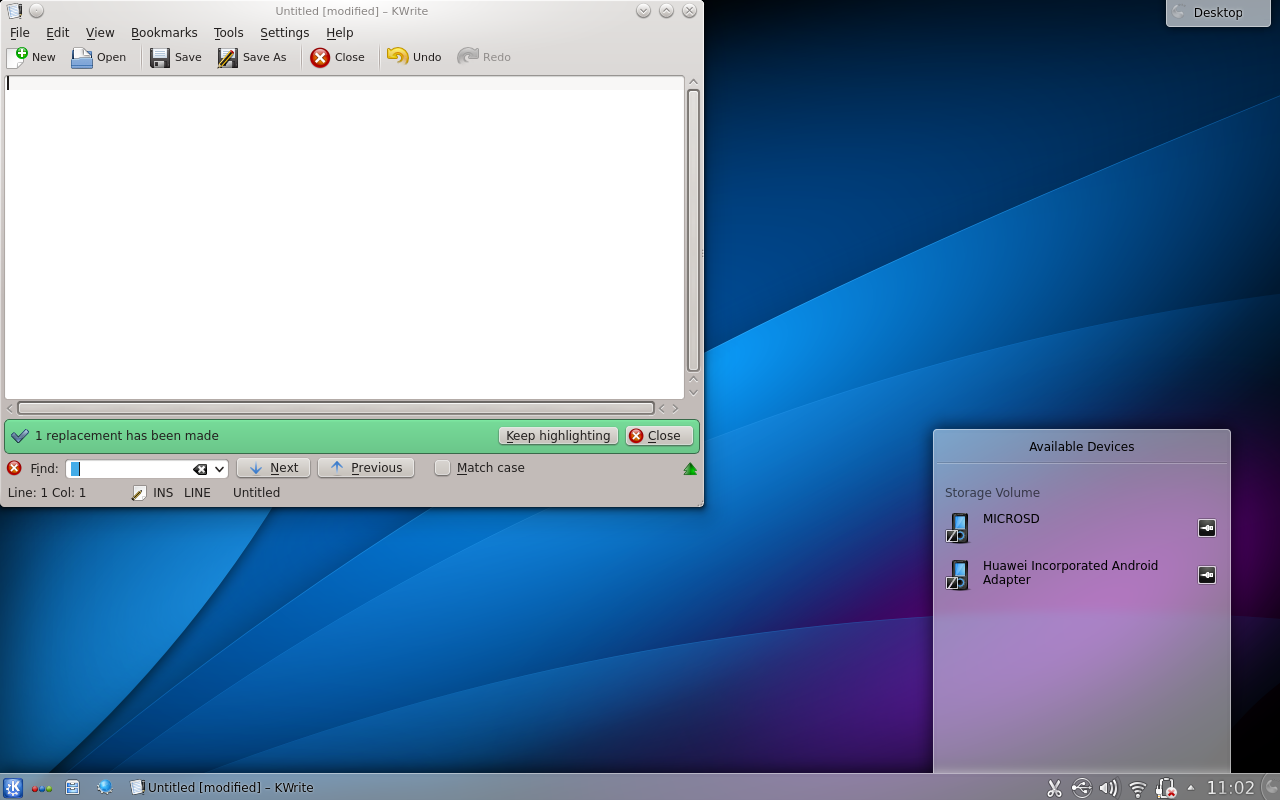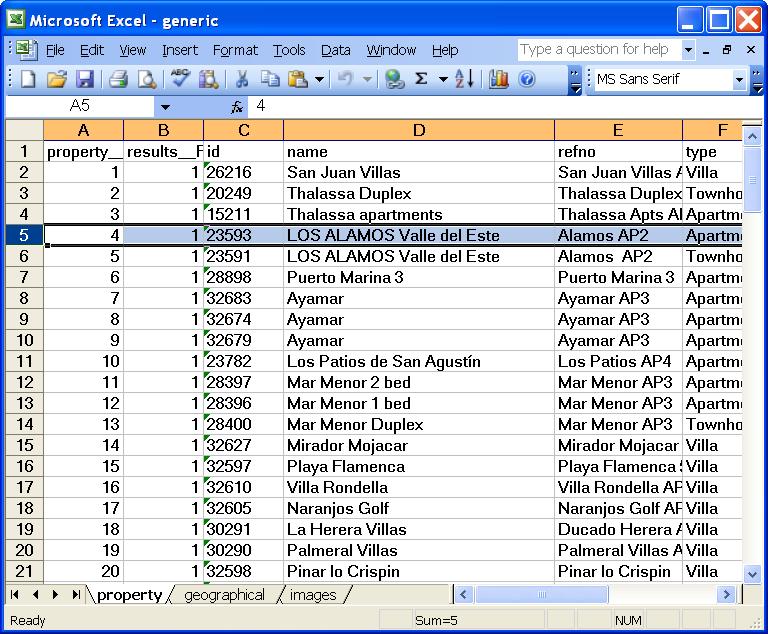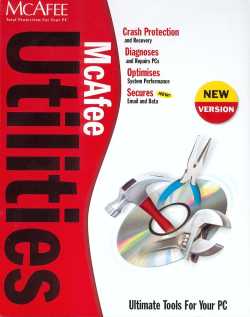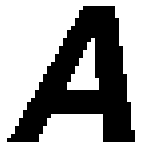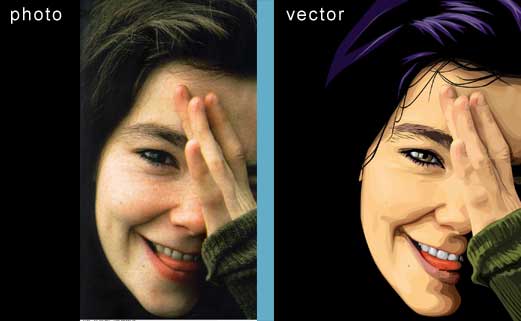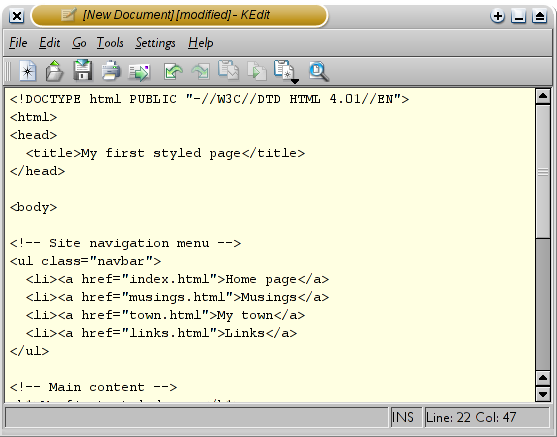GRAPHICAL USER INTERFACE
Also known as GUI, it is a type of user interface in a graphical form for users to interact with programs. It allows the user to select from menus & icons using a mouse or keystroke commands. GUI is used by most modern operating systems.
WORD PROCESSOR
It is an application that enables users to compose, edit, format & print documents. Besides that, documents can also be modified or opened on any other computer using the same word processor application. An example of a notable word processor application is Microsoft Word.
SPREADSHEET
It is a document of data that is stored in a table of values arranged in horizontal rows & vertical columns. Rows are labelled using numbers while columns are labelled using alphabets. Individual row/columns are called cells. Examples of cells are C5, E20 & etc. Information stored in a spreadsheet is more structured. The row/column structure allows data to be analyzed using calculation & formulas.
DBMS
DBMS is short for Database Management System. It is a database program that creates & maintains the use of a database. It manages incoming data, organizes it & provides ways for data to be modified or extracted by users or other programs.
UTILITY SUITES
It is an all-in-one package for maintenance & clean up for the computer. The package includes antivirus as well. Besides that, the package helps to protect the computer from threats online. Furthermore, there will be notifications of updates to ensure the computer is always maintained & up-to-date.
WEB AUTHORING
It is a category of software that enables users to create a website in a desktop publishing format. The software will generate the required HTML coding for the layout of the web page based on the user's design. The user can toggle back & forth between the graphical design & HTML code to make changes to the web page. An example of a notable web authoring program is Adobe Dreamweaver.
AUDIO EDITING SOFTWARE
It is a software that allows users to edit & manipulate digital audio. Besides that, users can create, restore, record & convert the files as well. This software plays a huge role for those who are involved in the digital audio field.
BITMAP IMAGE
It is a type of graphic made up of pixels in a grid. Each pixel of the image is called a "bit" & contains colour information for the image. Bitmap graphic formats have a fixed resolution. Meaning, resizing the image would result in distortion & jagged edges on the image. It is simply known as .BMP & other common formats are GIF, JPG or JPEG, TIFF, PNG, PICT & PCX.
DESKTOP PUBLISHING PROGRAM
It allows users to produce high-quality printed documents. The program allows users to different typefaces, specify various margins and justifications, and embed illustrations and graphs directly into the text. Certain desktop publishing softwares also enables users to create illustrations. An important feature of the program is it enables users to see on the display screen how the document will appear when printed. This particular feature is known as WYSIWYG (What You See Is What You Get).
HTML EDITOR
It is a software program that inserts HTML code as HTML file is being created. It helps users who are encoding HTML by cataloging & catching errors. It often displays tags & contents in colours so they appear strikingly for easy reference.
MULTIMEDIA
The name itself is an integration of multiple forms of media. Graphics, text, audio, video & etc. are examples of multimedia. Combined audio & visual components are considered multimedia.
